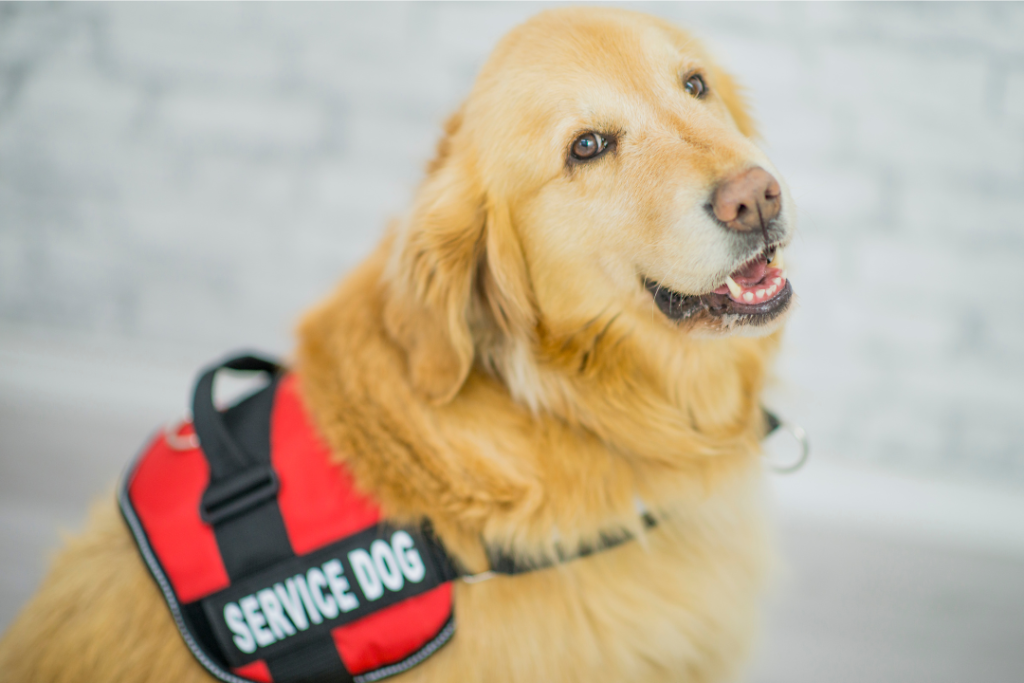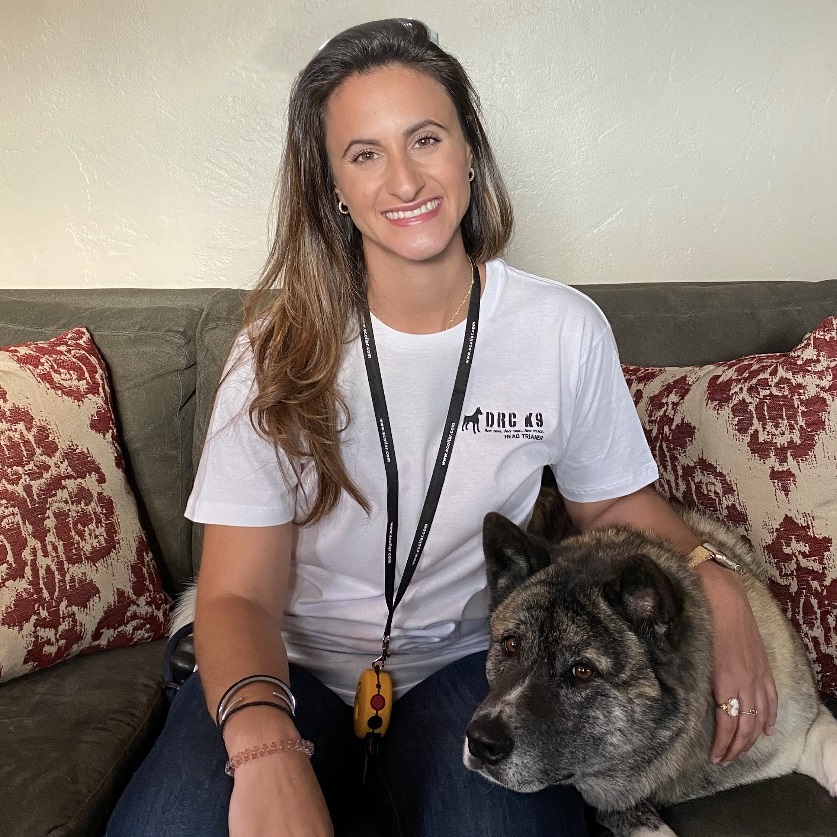Our dogs are an essential part of our lives, providing us with companionship, protection, and warm hugs. So, it’s no surprise really that these loving creatures have taken up roles in our communities. Some dogs, called service dogs, emotional support dogs, or therapy dogs, are there to help people with disabilities go about their daily lives better.
These service dogs have a unique set of skills to perform their jobs. They also require special training and certification from San Diego to work. The training consists of different aspects and levels.
What is Service Dog Training?
Service dog training entails training a dog to perform several specific activities to help individuals with disabilities navigate the world better. The training of the service dog is directly connected to the person’s disability.
The dogs can be trained to do rescue work and protection, pull a wheelchair, guide their owners, alert them to medical emergencies, and reduce stress.
For a dog to become a service dog in San Diego, they need at least 120 hours of school. These hours must be spread over a minimum of 6 months. Of these 120 hours, 30 must be outdoors. This outdoor training is to help them work better in public places.

Additionally, a service dog must be obedient and master all basic commands like come, heel, stay, down, and sit. They must also be able to respond to dropped leash recall, whether responding to hand signals or verbal commands.
Service dog training also includes social behavior training and the ability to act in dangerous situations. Additionally, there is special training that each dog goes through. For instance, mobility dogs learn how to assist with using walking devices and wheelchairs. Medical alert dogs learn to identify the onset of potential medical emergencies like low blood sugar or seizure.
Who is Service Dog Training For?
Look, you should know that not every dog can be a good service dog, even if they’re a good dog. To know if your dog would be a good service dog, ask yourself if your dog is non-reactive, confident, motivated, intelligent, and calm. Also, the age of the dog and health status comes into play here. The breed doesn’t really matter, although specific breeds are better for specific tasks.
For instance, if you need help with mobility, you will definitely need a larger breed. That being said, you can train your own service dog if you want to. However, not everyone is cut out for it.
One of the hardest things in service dog training is that some dogs may not have the right temperament. The hours involved and tasks involved can be draining on both the dog and the trainer. So, just as the dog needs to be of a certain temperament, you also need to be patient and calm.
A good fit for service dog training should be:
- A person who has enough experience working with dogs.
- A person with experience or at least sufficient understanding of people with disabilities
You can also complete a dog training course and get a certification to train a service dog properly. As you can see, it’s serious work, and it’s okay if you aren’t caught out for it. That’s why we are here!
Why Choose CRT K9 for Service Dog Training?

So why choose us to train your San Diego service dog?
As the best service dog training center in San Diego, we have a strong culture of excellence. We understand that people living with disabilities deserve to live as comfortably as they can. This is why we provide service training at an affordable cost.
Our past works also speak for us. We’ve trained several service dogs, from guide dogs to therapy dogs to medical alert dogs. Our program consists of Task-Specific Test, Public Access Test, and several special service tests.
Our world-class service dog trainers work in a state-of-the-art service dog training facility. We never take shortcuts with our training tools. Additionally, we ensure we upgrade our curriculum and training equipment to move with the times.
Our business is also fully insured and licensed, so you can rest assured that we will not put our dogs and clients at risk. So, with the world-class service dog trainers, comfortable accommodation, and several other benefits, you can be sure to get quality services!
Our Service Dog Training Process
Step 1
First, we start with foundational skills. These skills focus on teaching the dog how to socialize with other dogs and human beings. We start teaching them how to be confident in a different environment and act with a leash. This stage is best done when the dog is still a puppy.
At this stage, we also focus on potty training the puppy. This training is not only so your dog won’t mess inside the house, but it’s also so they can relieve themselves on command. Essentially, we teach them that “going” outside is the right thing.
We also teach basic commands like come, sit, stand, heel, etc.
Step 2
Next, we teach the service dog how to focus on their service trainer. This is to prepare doggo for real-life situations where there will be distractions while working. We do this through eye contact training. Then we start teaching our furry friend to be confident and act right without a leash.
After the dog has learned all that was taught above, we start specialization training.
Step 3
Specialization training will focus on what we need the dog to do particularly.
For instance, psychiatric service animals will be taught how to recognize signs of psychiatric distress. They will then perform an action to help. Hearing service dogs will be taught to respond to doorbells, ringing phones, fire alarms, and other sounds around the home and environment.
Tasks We Train
According to the American Disability Act, service dogs are trained specially to do certain tasks for people with disabilities. Here are some of the San Diego service dog training tasks we teach
- Pulling a wheelchair
- Notifying the deaf to noises
- Calming individuals with PTSD during anxiety attacks
- Reminding persons to take their medication
- Guiding the blind
- Calling 911, pre-programmed number, or a suicide hotline on a dog-friendly phone.
- Alerting diabetic or seizure attacks
- Retrieving items
